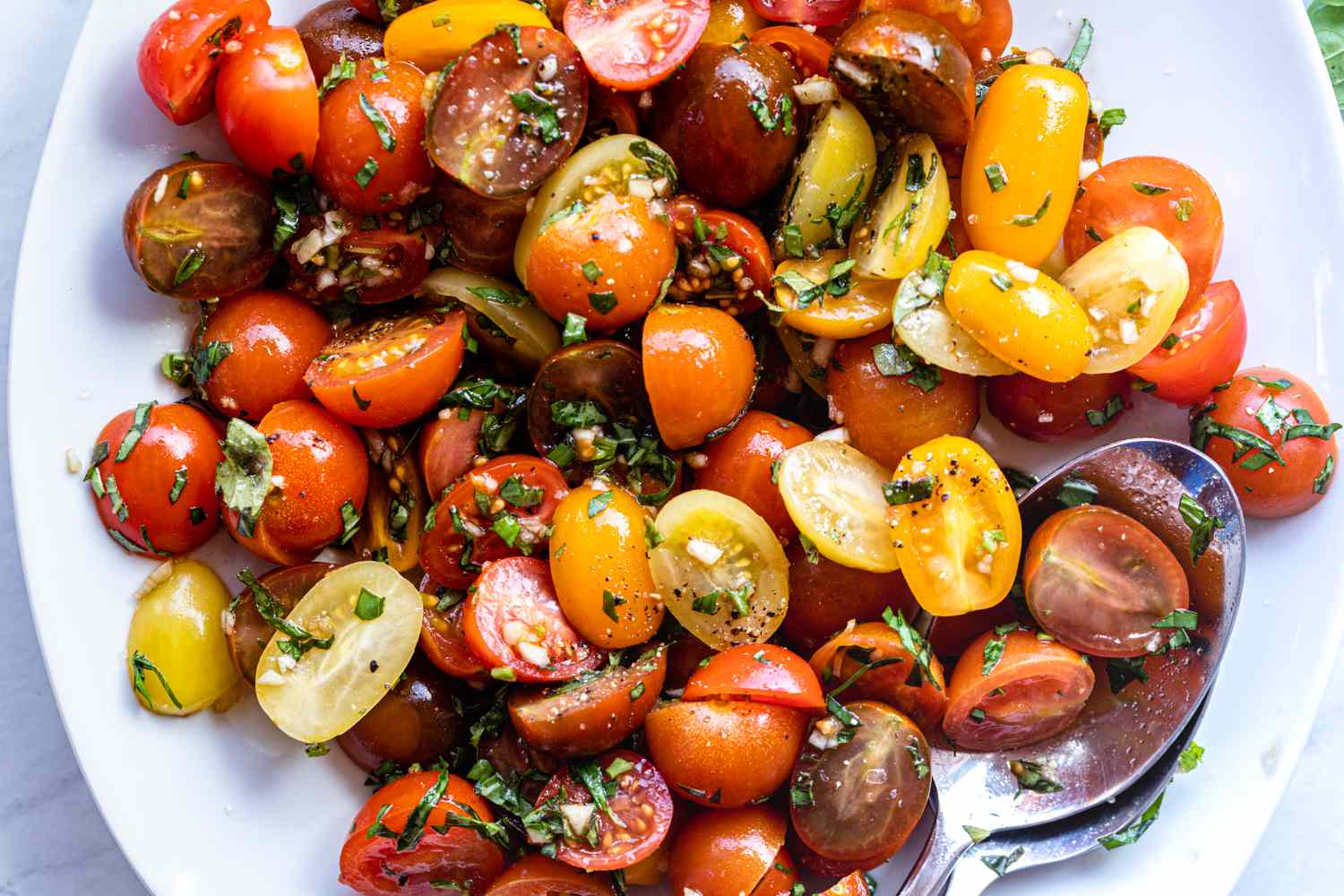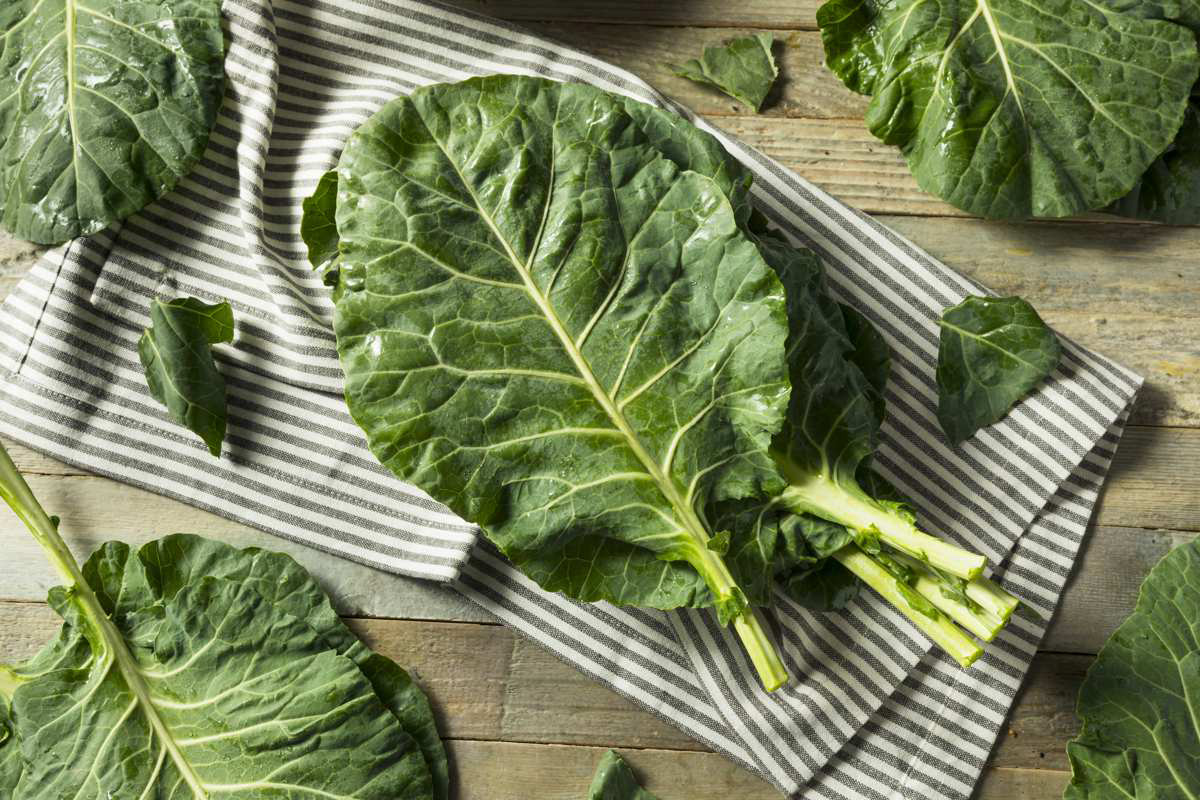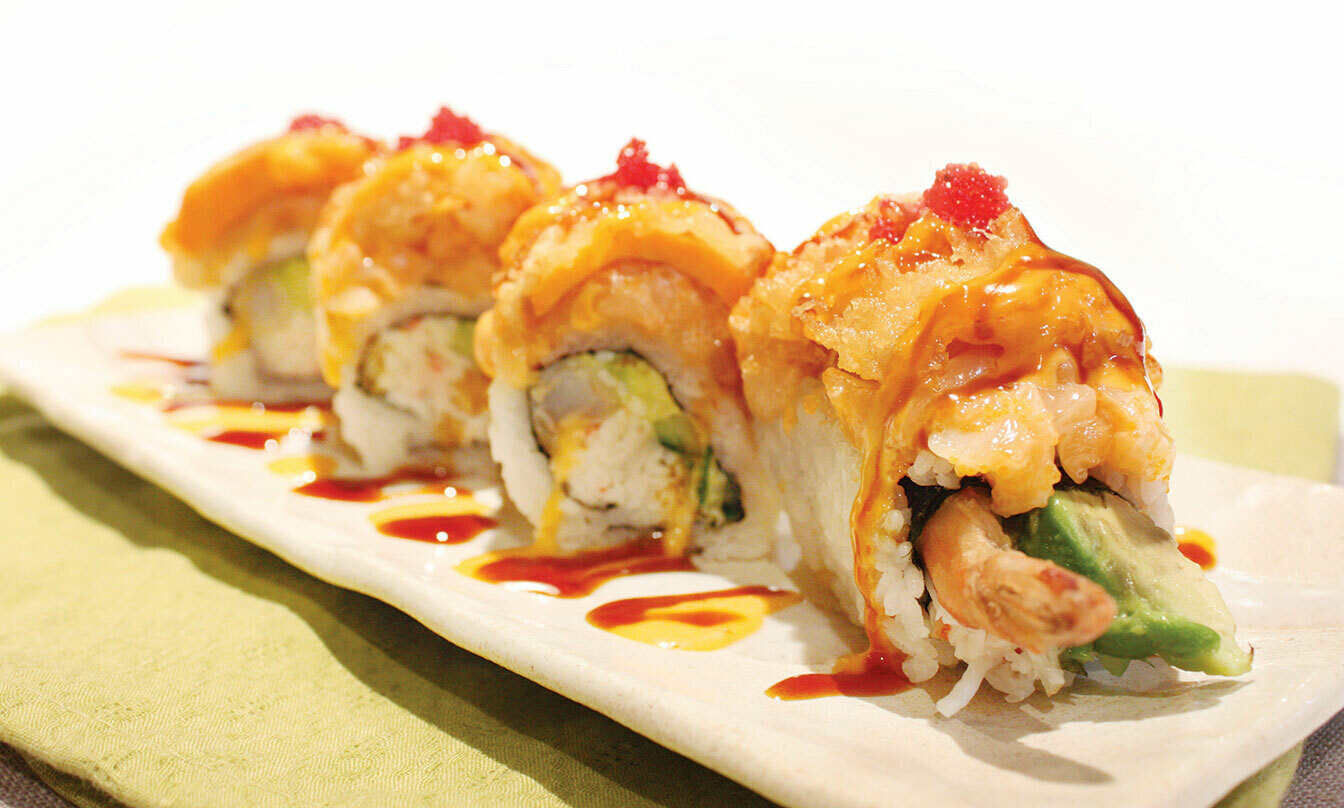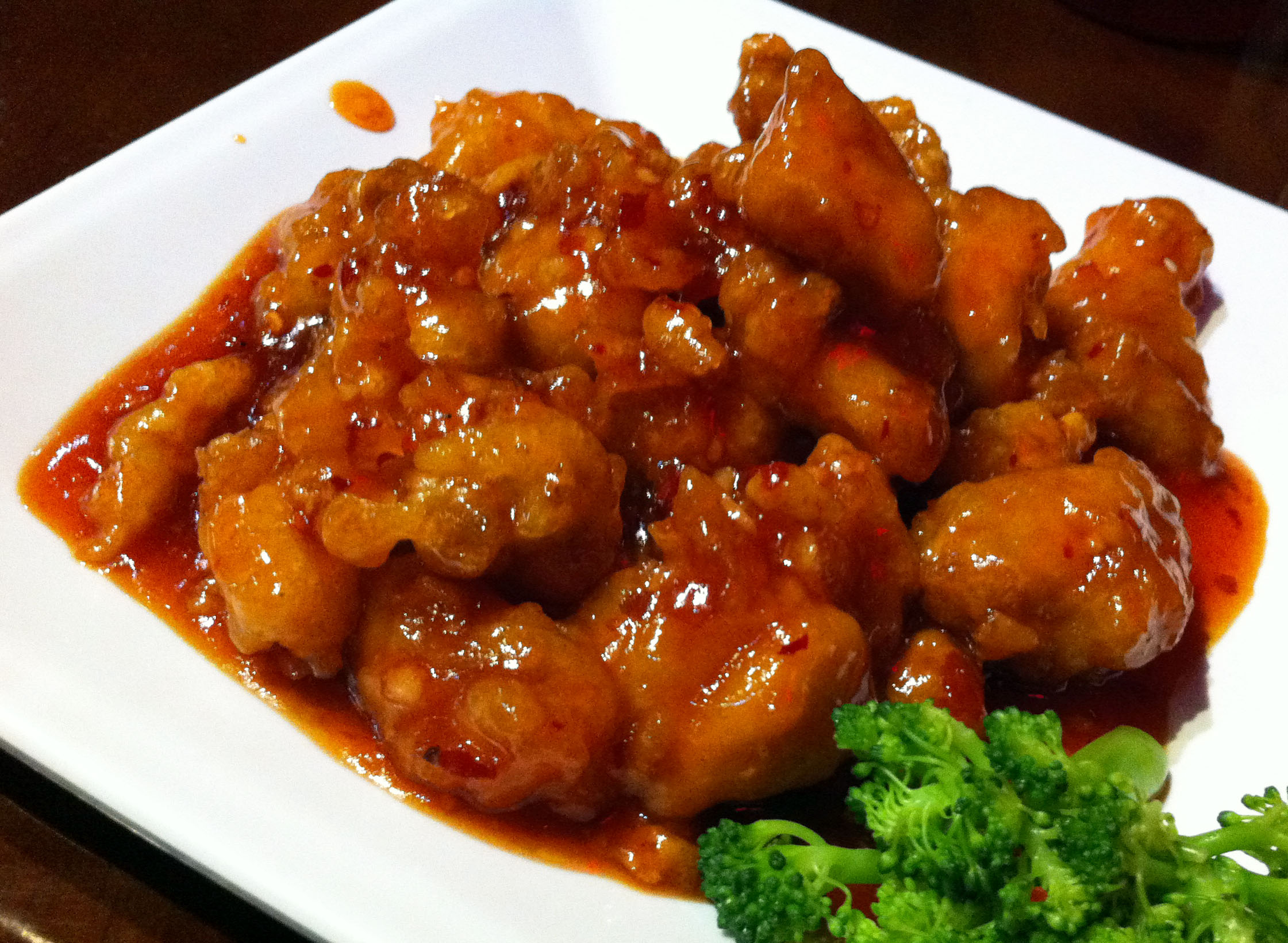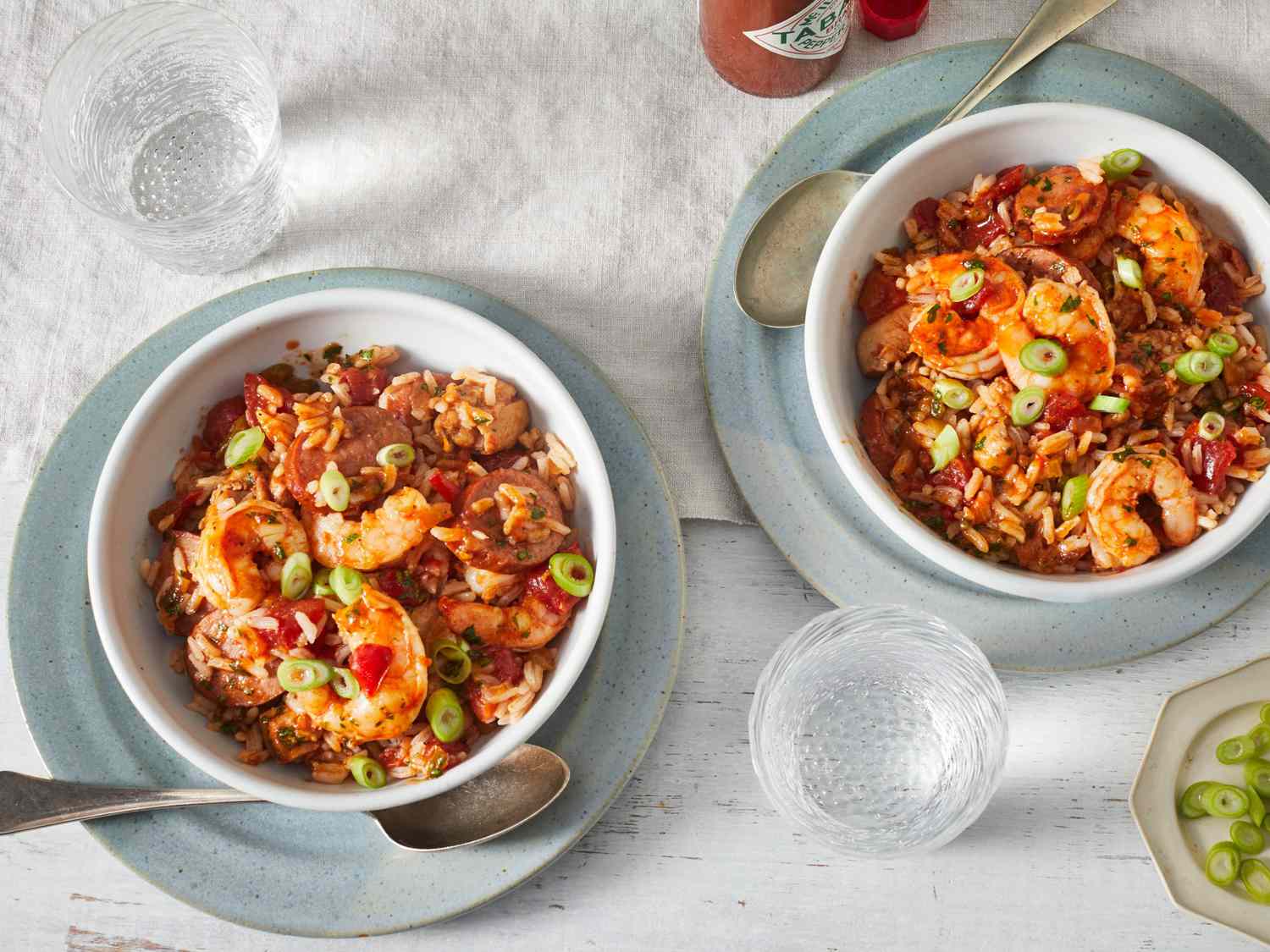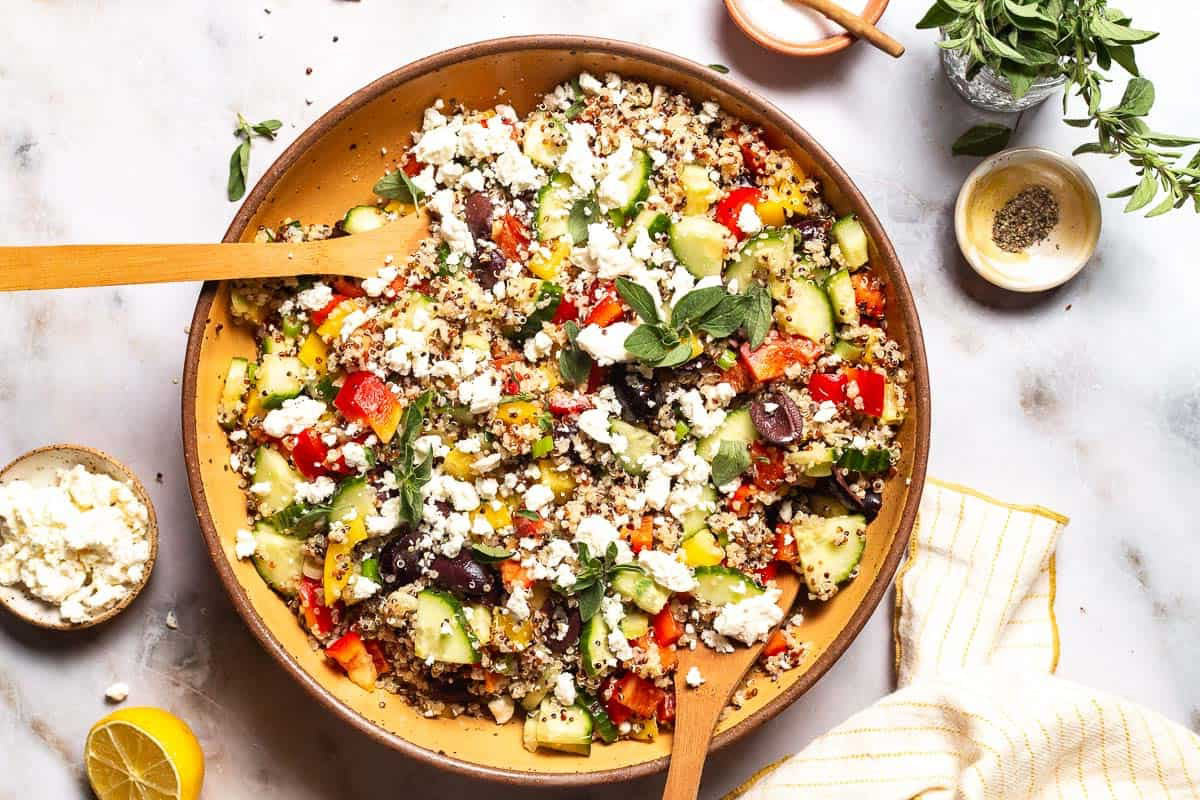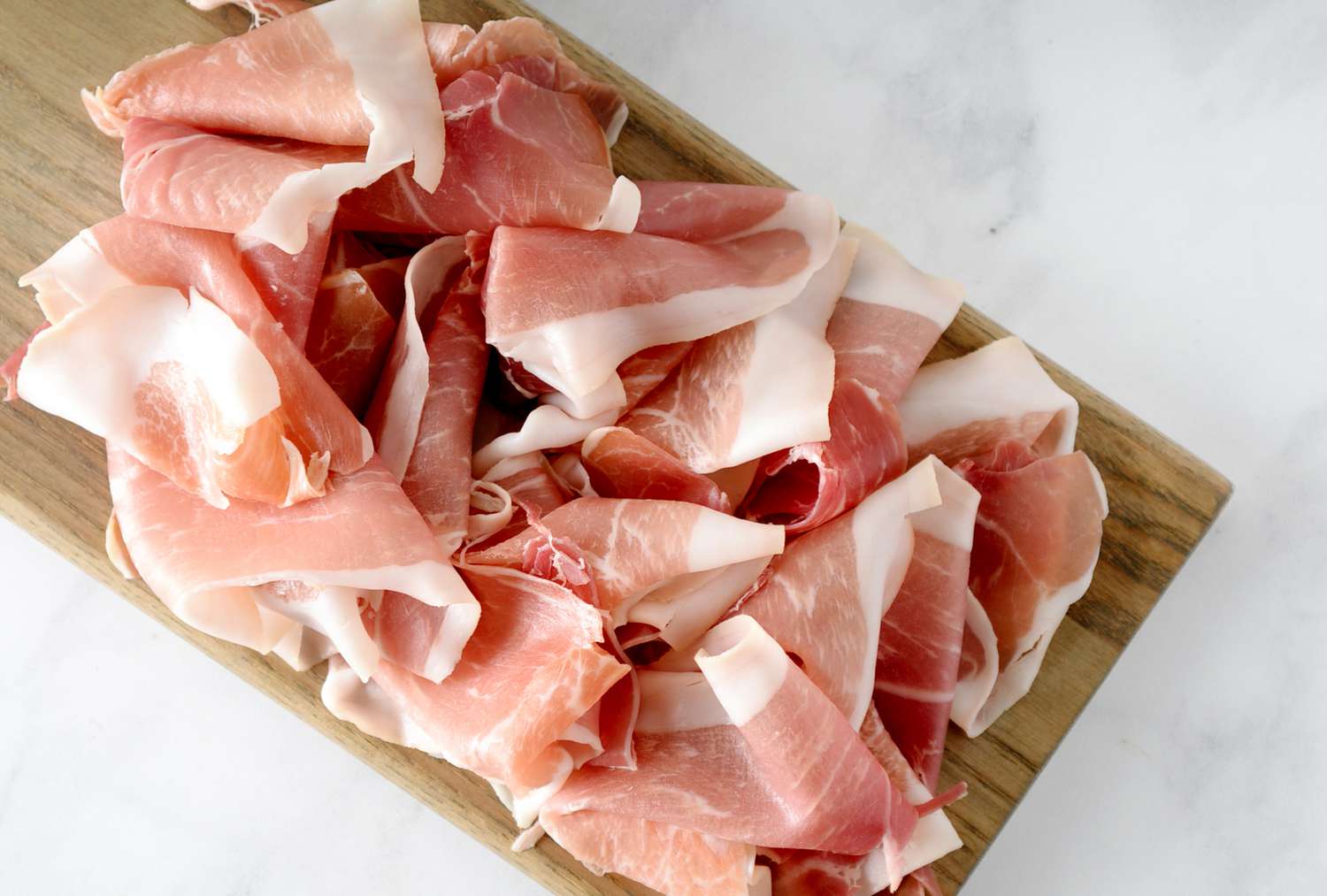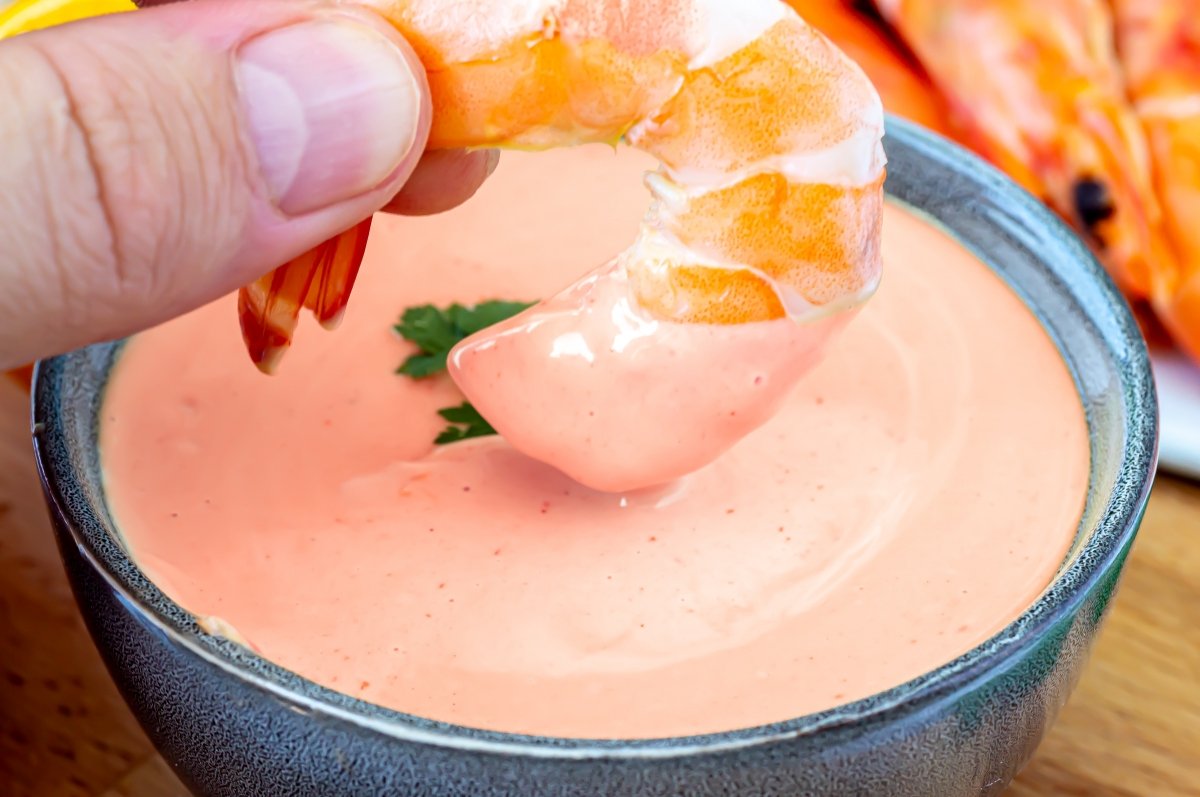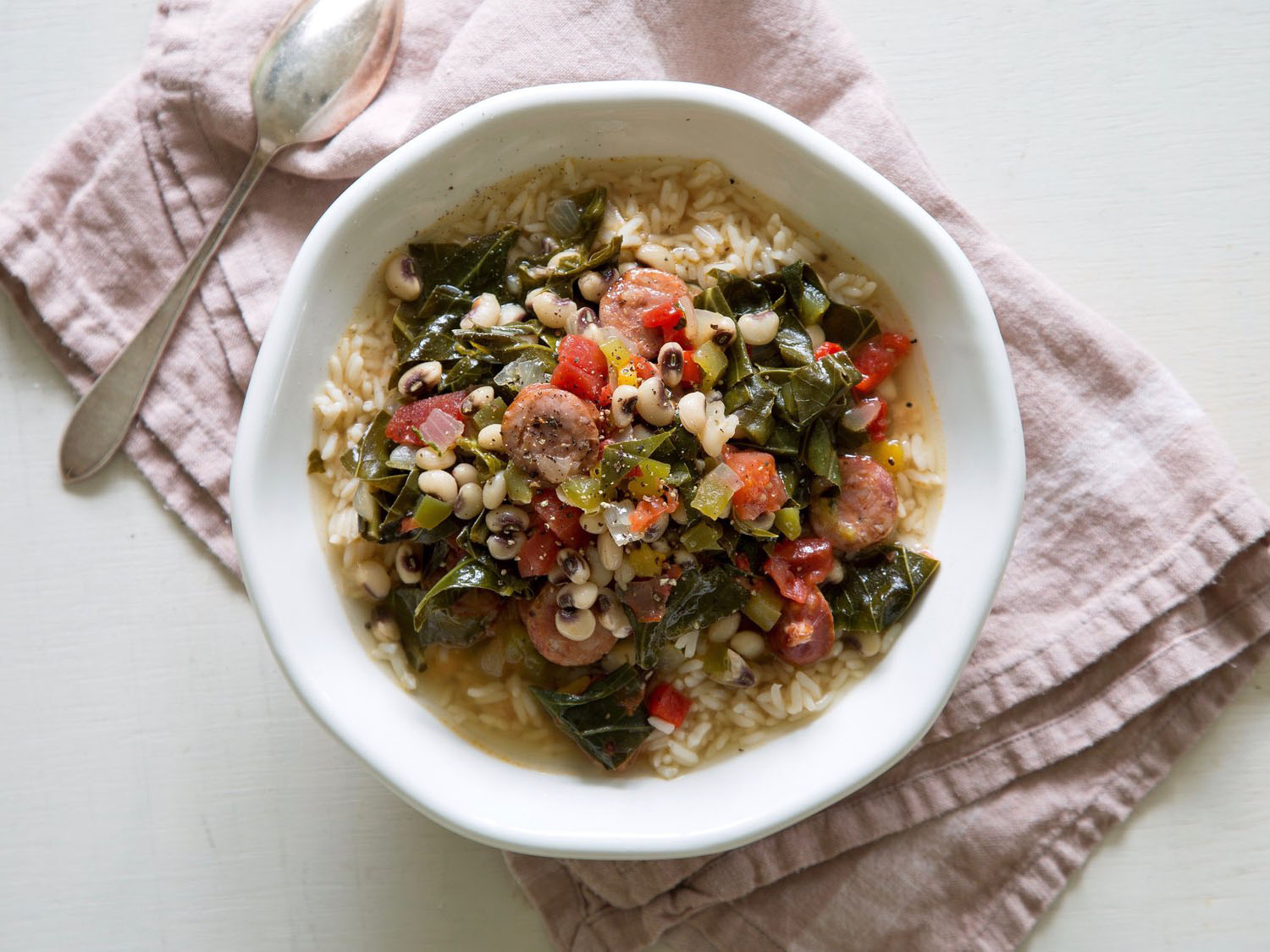Discovering the Delightful World of Basmati Rice
When it comes to rice, there are countless varieties to choose from, each with its own unique flavor and texture. One such variety that stands out for its exceptional qualities is Basmati rice. Originating from the Indian subcontinent, Basmati rice is renowned for its long grains, delicate aroma, and distinct nutty flavor. Let’s delve into the world of Basmati rice and uncover what makes it so special.
The Characteristics of Basmati Rice
Basmati rice is known for its long, slender grains that elongate even further when cooked. This rice variety is prized for its fluffy texture and subtle, nutty aroma, which sets it apart from other types of rice. The grains remain separate and fluffy after cooking, making it an ideal choice for pilafs, biryanis, and other rice-based dishes.
One of the most distinctive features of Basmati rice is its fragrance. The aroma of Basmati rice is often described as floral or perfumed, adding an extra dimension to the dining experience. This aromatic quality is a result of the specific geographical region and climate in which Basmati rice is cultivated.
Cultivation and Regions
Basmati rice is primarily grown in the fertile plains of the Indian subcontinent, particularly in the foothills of the Himalayas. The unique combination of soil, climate, and water in this region contributes to the exceptional quality of Basmati rice. The rice paddies are irrigated with water from the melting snow of the Himalayas, enriching the soil with essential minerals and nutrients.
India and Pakistan are the primary producers of Basmati rice, with specific regions within these countries being renowned for their superior Basmati crops. The traditional methods of cultivation, including aging the rice for optimal flavor, have been passed down through generations, ensuring that the quality and authenticity of Basmati rice are preserved.
Uses in Culinary Delights
Basmati rice is a versatile ingredient that can be used in a wide range of culinary creations. Its fluffy texture and aromatic flavor make it a popular choice for pilafs, biryanis, and rice-based side dishes. The long grains of Basmati rice also make it an excellent option for serving alongside curries, stews, and grilled meats.
When cooked, Basmati rice retains its shape and does not become sticky, making it an ideal choice for dishes that require distinct, separate grains. The delicate fragrance of Basmati rice adds a subtle yet captivating element to any dish, elevating the overall dining experience.
Health Benefits
Aside from its exceptional taste and aroma, Basmati rice also offers several health benefits. It is a good source of energy, as it is rich in carbohydrates and low in fat. Additionally, Basmati rice has a lower glycemic index compared to other rice varieties, making it a favorable option for individuals seeking to manage their blood sugar levels.
Basmati rice also contains essential nutrients such as vitamins and minerals, including niacin, thiamine, and iron. These nutrients play a vital role in supporting overall health and well-being, making Basmati rice not only a delicious choice but also a nutritious one.
In Conclusion
Basmati rice is a true gem among rice varieties, cherished for its long grains, delicate aroma, and exceptional flavor. Whether used in traditional Indian and Pakistani dishes or incorporated into global culinary creations, Basmati rice adds a touch of elegance and fragrance to every meal. Its versatility, nutritional benefits, and captivating aroma make it a beloved choice for chefs and home cooks alike. So, the next time you’re looking to elevate your dining experience, consider indulging in the delightful world of Basmati rice.
Was this page helpful?
Read Next: What Is Apple Cobbler Recipe
